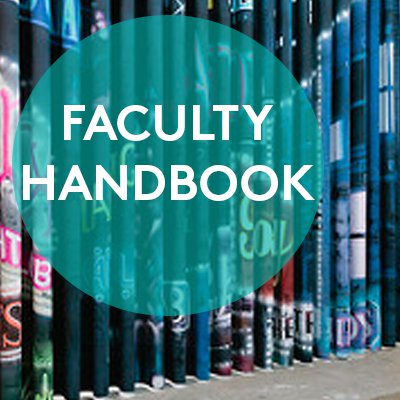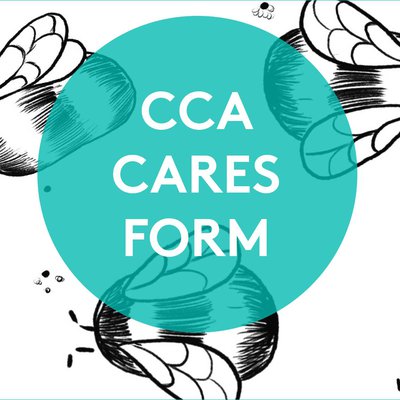Evaluation of Performance
Reviews of ranked faculty for promotion to or within rank evaluate performance in the following areas:
1. Teaching effectiveness (45%)
2. Professional achievement (33%)
3. Service to the college and the external community (22%)
In all of these categories, the period under review for promotion within rank is usually the last three years. Percentages refer to the weight attached to each category in the overall evaluation.
Teaching Effectiveness
Student evaluations are the main instrument by which teaching performance is measured. Problems are only noted if a pattern of recurrence is clear. Student evaluations may also provide evidence of the resolution of such problems. In their own statements, candidates are encouraged to assess their teaching performance and address any challenges that might be inferred from their student evaluations.
APT’s goal is to develop a detailed and accurate assessment of teaching effectiveness. Faculty statements should include a thoughtful teaching self-evaluation that indicates a careful reading and consideration of student evaluations. All syllabi from the period of review that have been added to Vault will also be included with the review materials.
Professional Achievement and Engagement
APT recognizes that the nature of professional activity varies considerably from one discipline to another. A designer may have a client-based practice. An artist’s practice may be visible in exhibitions or reviews. A scholar may publish or present an academic paper.
As an arts institution, CCA encourages diverse practices within one’s discipline as well: a designer may write a review; an artist may be commissioned; a scholar may participate in a workshop or write for the popular press, etc.
The value that unites these activities is that of ongoing involvement in one’s field. This involvement may take a range of forms, including keeping up with current thought or practice by attending lectures, conferences, exhibitions, classes, etc.
The Faculty Record Report is an important component of review in this category. It allows APT to recognize activity in diverse forms and contexts. Unlike CVs, which vary considerably in scope and format, the FRR provides APT with a broad and consistent set of categories through which to acknowledge achievements fairly. Faculty are responsible for keeping their FRR up to date and should highlight recent activity (since the previous review) in each category in the FRR.
Practicing design, art, and architecture faculty should present a comprehensive portfolio demonstrating their professional achievement over the period since their last promotion or review. This can be submitted in the form of a digital portfolio. The portfolio should include high quality documentation and a detailed but brief description of each project. Published materials, articles, or reviews regarding these projects can be included as complete pdf documents.
For tenure/promotion to rank for writers, scholars and theoreticians, sufficient evidence of professional achievement should include at least one single-authored book (published, in press, or under contract) or the equivalent amount of research and writing as documented in the following forms of publication (whether in print or electronic format): journal articles, essays and substantial entries in catalogues for museum collections or exhibitions, articles in conference proceedings, or co-authored books.
Books, book-length publications, essays, articles, publications in press, and manuscripts must be submitted digitally.
Faculty who have interdisciplinary professional practices may submit a combination of publications and professional portfolio materials in digital form.
Service to CCA
Service to the college can take many forms. In all cases, service is not compensated by faculty lines or a stipend (e.g. paid advising or program chair duties are not considered service).
While service within a candidate’s program is recognized in the chair’s letter of recommendation, service to the college—meaning service rendered beyond one’s home program—must be documented by the candidate in order to be considered by APT. Again, the Faculty Record Report is APT’s main source of information for this category.
Examples of college-wide service are available here.
Forms of college-wide service are weighted according to the time demands and responsibility that they carry.
Service to the External Community
Service to the external community specifically references service to the larger professional community. In all cases, service is not compensated monetarily.
Examples of service to the external community include serving on a board or advisory board of a national or regional professional organization (AIGA, Crafts Council, etc.), visiting lectures or workshops at other academic or professional institutions, and serving on tenure review panels or graduate review committees for other academic institutions.
Additionally, service to the external community may include the donation of professional abilities or goods to a community organization or event.
Service to an external community is weighted according to its relevance to one’s professional expertise or teaching area.


